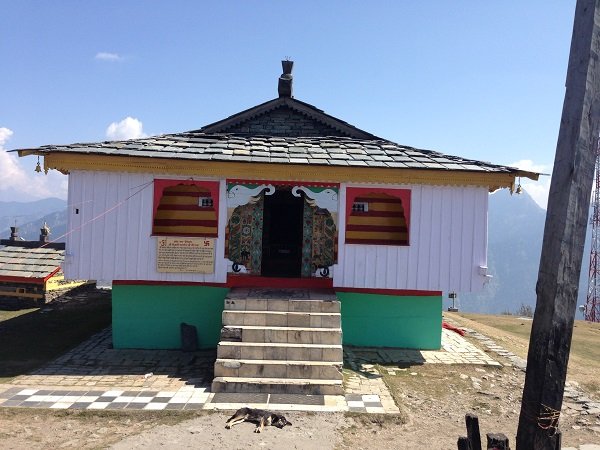High in the serene hills of Himachal Pradesh, where the air is cool and the forests smell of deodar, there stands a temple wrapped in mystery and devotion. The Bijli Mahadev Temple in Kullu may look like a quiet place of worship, but every twelve years, something extraordinary is believed to happen—an event that locals describe with a mix of reverence and wonder.
According to the people who live around the temple, lightning strikes the Shivling once every cycle of twelve years. For them, this is not seen as a random natural event but as an act of Lord Shiva himself, absorbing the power of the lightning to protect the world from larger disasters. When this strike occurs, the Shivling is said to break into pieces with a loud, echoing boom that rolls across the valley.
What follows is a ritual that blends community effort with deep faith. Priests and villagers gather every fallen fragment of the Shivling and gently piece it back together using a mixture made from butter and sattu. As this paste hardens over time, the Shivling gradually regains its form. Locals describe this restoration as a miracle they have witnessed for generations, a reminder of both fragility and divine renewal.
Legends also surround this sacred hill. One story speaks of a demon named Kulant, who once tried to block the Beas river and drown the valley by taking the form of a giant serpent. Lord Shiva intervened and defeated him, and the place where the demon fell is believed to have become the site of Bijli Mahadev Temple—also known as Kulant Peeth.
With its myths, rituals, and breathtaking landscape, this temple stands as a testament to the deep connection between nature and spirituality in the region, reminding visitors that faith often lives in the most unexpected places.



